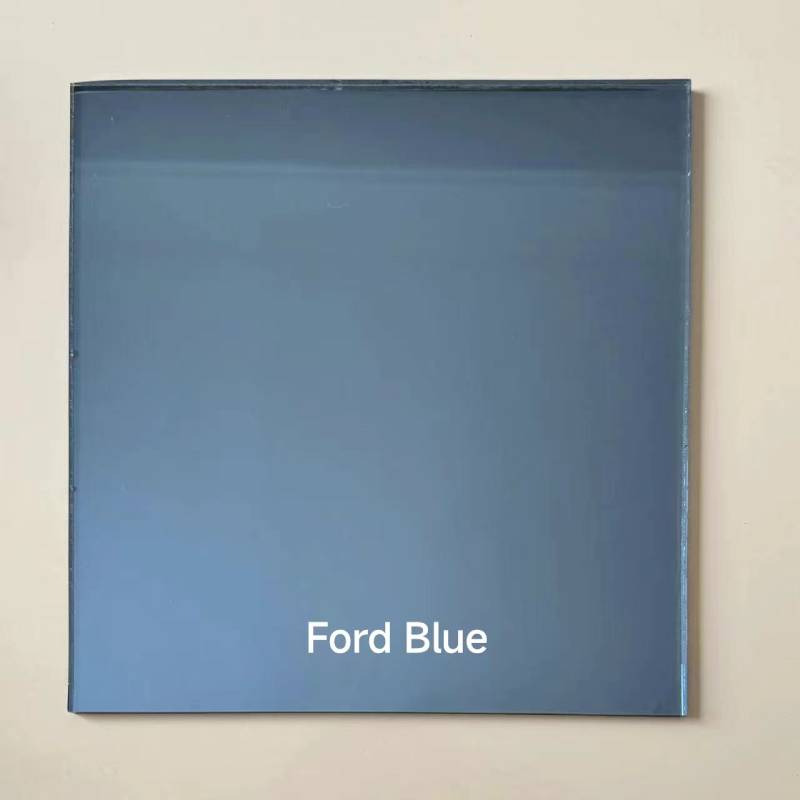

Understanding Double Low E Glass A Superior Choice for Modern Windows
In today’s energy-conscious world, the choice of materials used in construction and home improvement projects has become more vital than ever. One such material that has gained significant attention is double low E glass, an innovative glazing option that offers remarkable benefits for both residential and commercial buildings. This article will delve into what double low E glass is, its advantages, applications, and its role in sustainable architecture.
What is Double Low E Glass?
Double low E glass refers to a type of insulated glazing that features two low emissivity (low E) coatings applied on its surfaces. Low E coatings are microscopically thin layers of metal or metallic oxide that reflect infrared energy while allowing visible light to pass through. These coatings are designed to limit heat transfer, effectively controlling the amount of heat entering and exiting a building. By incorporating two layers of low E coatings, this type of glass enhances thermal performance and energy efficiency, making it a preferred choice for modern window systems.
Advantages of Double Low E Glass
1. Energy Efficiency One of the primary benefits of double low E glass is its ability to minimize energy consumption. The dual low E coatings reflect heat back into the room during winter, retaining warmth and reducing the need for heating systems. Conversely, during the summer months, they reflect heat away from the building, keeping interiors cooler and less reliant on air conditioning.
2. UV Protection Double low E glass offers significant protection against harmful ultraviolet (UV) rays. These rays can cause fading of fabrics, artwork, and furnishings over time. By blocking a significant percentage of UV radiation, this glass helps preserve the integrity and appearance of interior spaces.

3. Comfort and Aesthetics Beyond energy savings, double low E glass improves indoor comfort. Its superior insulation reduces cold drafts and hot spots in living spaces, creating a more pleasant environment. Additionally, this glass maintains a clear and unobstructed view, enhancing the aesthetics of homes and buildings.
4. Environmental Impact In an era where sustainability is paramount, double low E glass plays a crucial role. By reducing energy consumption, it decreases greenhouse gas emissions, contributing to a lower carbon footprint. Furthermore, many manufacturers are turning to eco-friendly production techniques, further enhancing the environmental benefits associated with its use.
Applications of Double Low E Glass
Double low E glass is versatile and suitable for various applications. It is commonly used in residential windows, commercial buildings, and curtain wall systems. Architects and builders increasingly favor this glass in new constructions and renovation projects, as it aligns with modern design principles while meeting stringent energy codes. From sleek urban high-rises to cozy suburban homes, double low E glass can be integrated seamlessly into numerous architectural styles.
Conclusion
The adoption of double low E glass represents a significant advancement in glazing technology, providing an array of benefits that cater to both energy efficiency and design aesthetics. As energy costs continue to rise and environmental concerns become increasingly urgent, the demand for innovative materials like double low E glass will likely grow. Not only does it contribute to lower energy bills and increased comfort, but it also champions a sustainable approach to building design and construction. For homeowners, builders, and architects seeking to make informed choices about materials, double low E glass stands out as a superior option that embodies the future of energy-efficient building solutions. Embracing such advancements not only enhances the quality of living spaces but also promotes a healthy relationship with our environment, paving the way for a brighter, greener future.